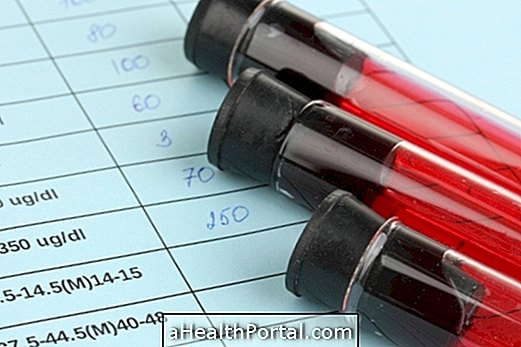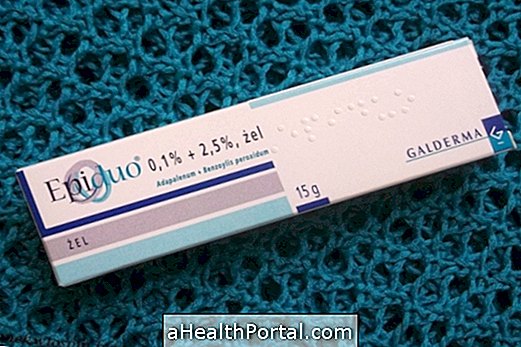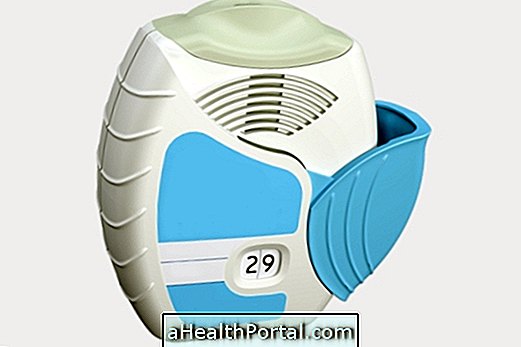Taking the 6-minute walk test is a good way to discover the respiratory, heart, and metabolic capacity of a person who has a change in heart failure, chronic obstructive pulmonary disease, or who has had heart or lung surgery, for example.
The main objective of the test is to check the distance that the person can walk for 6 minutes in a row, and to evaluate the cardiac and respiratory function, the person's heart rate and pressure must be measured before and after the test is performed.

What is it for
The 6-minute gait test is used to assess respiratory and cardiac capacity in the following situations:
- After lung transplant surgery,
- After bariatric surgery;
- Cardiac insufficiency;
- In case of COPD;
- Cystic fibrosis;
- Fibromyalgia;
- Pulmonary hypertension;
- Lung cancer.
The test should be performed at least 2 hours after a meal and the person can continue taking their medications on a regular basis. Clothing should be comfortable and sneakers should be worn.
How the test is done
To perform the test you need to sit and rest for 10 minutes. Then the pressure and the pulse are measured and then the walk in a flat location at least 30 meters in length must be started during the 6 minutes that must be timed. The pace should be as fast as a person can get, without running, but steadily.
Ideally, you should be able to walk normally for 6 minutes without stopping, but you are allowed to stop to breathe or lean against a wall, and if this happens, your doctor may ask if you want to stop the test immediately or if you want to continue.
When you reach 6 minutes, the person should sit down and immediately the pressure and pulse should be measured again and the therapist should ask if the person is very tired or not, and the walking distance should also be measured. A new measurement of these values should be performed at minutes 7, 8 and 9 shortly after the end of the test.
The test should be performed again in less than 1 week, and the results should be compared because the values are more correct.
When not performing the test
The walking test should not be performed in the event of unstable angina, which is when the person has chest pain that lasts for more than 20 minutes, or in the case of an infarct for less than 30 days.
Other situations that may prevent this test are heart rate above 120bpm, systolic pressure above 180, and diastolic pressure above 100mmHg.
You should stop taking the test if the person presents:
- Chest pain;
- Shortness of breath;
- Sweat;
- Pallor;
- Dizziness
- Cramp.
Since this test can increase heart rate and pressure, if it is suspected that the person may feel sick or have a heart attack, the test should be performed at the hospital, during the hospital stay, or at a clinic where there may be immediate relief, in case of need. However, despite being a stress test, there are virtually no recorded deaths due to the test.
Reference values
Benchmarks vary widely depending on the author, so the best way to evaluate the person is to perform the test twice, less than 7 days apart, and compare the results. The person should tell how they feel as soon as they finish the test, which helps determine their level of motor and respiratory capacity. The Borg school serves to assess the level of shortness of breath that the person can present, and ranges from zero to 10, where zero is: I have no breath, and 10 is: impossible to continue walking.
























